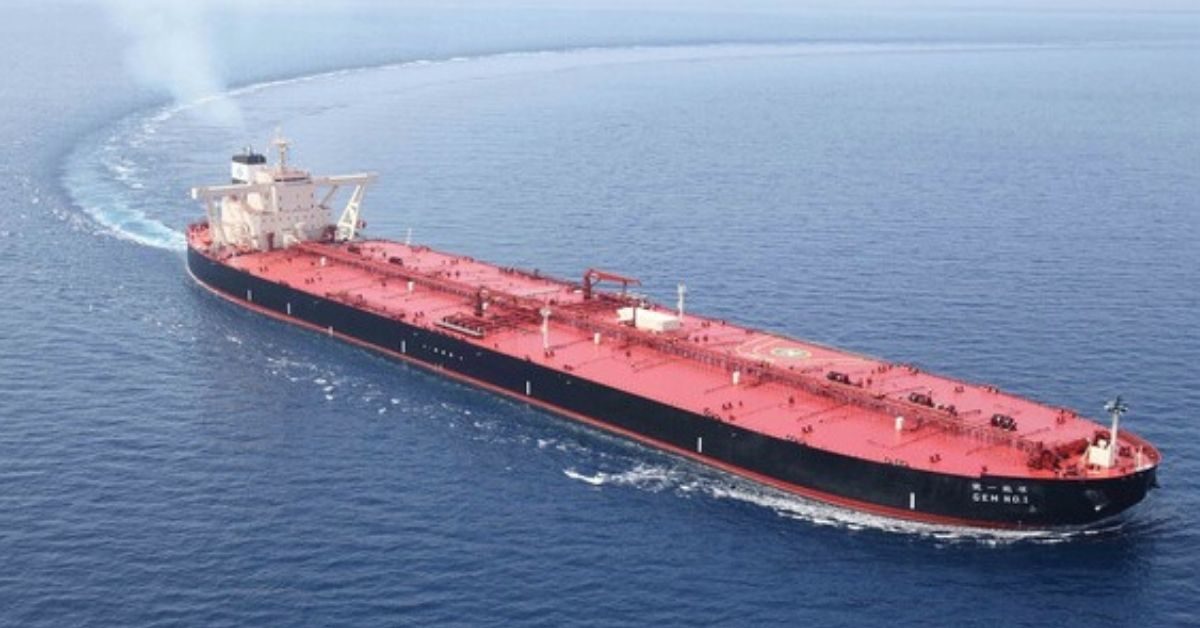An accelerating energy transition may bring the oil demand peak closer than originally anticipated by the OPEC+ alliance and challenge its ability to coordinate supply decisions, Fitch Ratings says.
The core members of OPEC+ anticipate global oil demand to reach its peak in the late 2030s and to plateau afterwards. However, the accelerating strategies to mitigate climate change risks and the transition to cleaner sources of energy may bring this date forward. For example, the UN Principles for Responsible Investment’s Forecast Policy Scenario, which we use as a core stress scenario in our ESG Vulnerability Scores assumes that oil demand will peak in 2026-2028 and start falling steadily thereafter. OPEC is due to publish its 2021 World Oil Outlook in late September, where it may update its long-term forecast taking into account the recent trends in the energy transition.
A faster-than-anticipated peak in oil consumption may weaken the OPEC+’s ability to coordinate production, resulting in greater oil price volatility and lower average prices. OPEC+ has been instrumental in smoothing oil price fluctuations via targeted production cuts or increases since the inception in its current format in 2016. However, the alliance members may become more inclined to monetise their vast oil reserves (most Middle Eastern producers have a reserve life of 50 years or longer at the current output levels) and maximise production while demand is still present. This could hamper the alliance’s ability to agree on cuts when required to balance crude oil supply and demand.

Prominent members of the alliance have already flagged their plans to raise output. Production quotas have been increased for the UAE, Saudi Arabia, Russia, Kuwait and Iraq from May 2022 at the most recent OPEC+ coordination meeting. This followed a period of negotiations over internal disagreements about supply policies. Our base-case assumption is that in the short and medium term the alliance will continue to reach compromises over production quotas, although this may become more challenging when risks of declining oil consumption increase. However, the alliance may gain a larger market share due to underinvestment in oil development by some non-OPEC countries.
In the longer term, many OPEC+ producers have even more ambitious strategies to raise crude oil production. For example, Russia is planning to develop its rich Arctic reserve base, including its Vostok Oil Field that could reach an annual production capacity of up to 100 million tonnes (or 2 million barrels of oil per day; MMbpd) by 2030, while Abu Dhabi is planning to raise its production capacity to 5MMbpd by 2030 from 4MMbpd today. Kuwait and Iraq may also substantially increase production. Furthermore, supplies from non-OPEC+ countries, such as Canada, Brazil, China, and Norway, could also increase in the medium term. New field developments often require substantial upfront investments, and a potential for more volatile prices would heighten such development projects’ risks.
We assume the Brent price to moderate from the current higher levels, settling at USD53/bbl in the medium to long term, after the market has rebalanced.
Source : Hellenic Shipping News






